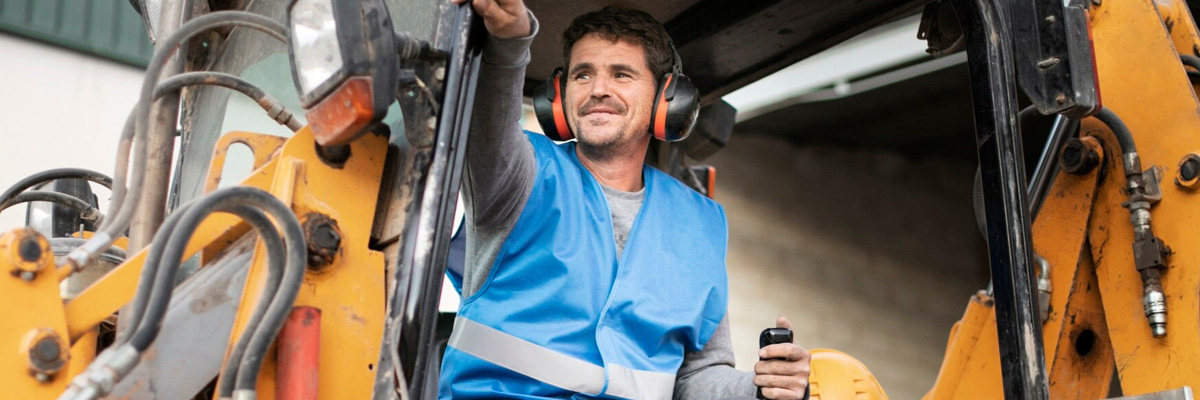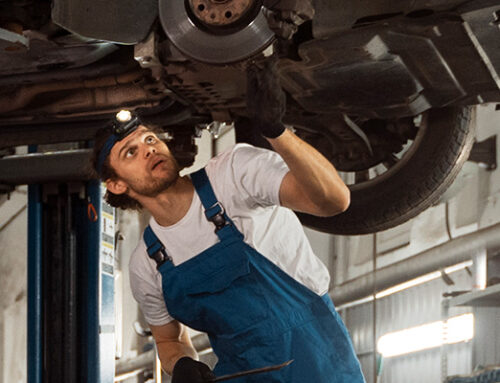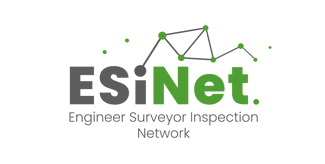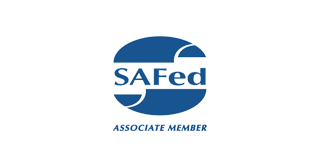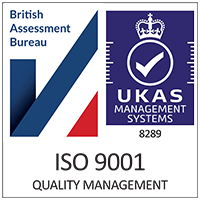When businesses think about LOLER compliance, the focus is often on lifting machinery such as cranes, hoists, or forklift trucks. But lifting accessories — including chains, slings, shackles, hooks, and eyebolts — are just as critical. Improperly stored or poorly maintained accessories can lead to serious accidents, equipment failure, or failed inspections.
In this article, we explain how to store and maintain lifting accessories to ensure compliance with the Lifting Operations and Lifting Equipment Regulations 1998 (LOLER) and keep your operations safe.
What Are Lifting Accessories?
Lifting accessories are items used to attach a load to lifting equipment. They do not lift loads on their own but are essential to safe lifting operations.
Examples include:
-
Webbing and round slings
-
Wire rope slings
-
Shackles and eyebolts
-
Lifting beams and spreader bars
-
Chain assemblies and hooks
These components are subject to LOLER and must be inspected regularly, stored correctly, and used in accordance with the manufacturer’s instructions.
Why Proper Storage Matters
Lifting accessories are often made from materials prone to wear, corrosion, or damage if not stored correctly. Poor storage conditions can lead to:
-
Rust or corrosion on metal parts
-
UV degradation or mould on synthetic slings
-
Deformation from tangling or improper stacking
-
Premature failure during lifting operations
By implementing proper storage practices, you extend the life of the equipment and ensure it remains safe and compliant.
Best Practices for Storing Lifting Accessories
1. Store in a Clean, Dry Environment
Keep accessories in a clean, dry area away from:
-
Damp conditions
-
Chemical exposure
-
Direct sunlight
-
Extreme temperatures
Use designated storage racks or bins to separate different types of accessories.
2. Hang Slings and Chains Properly
Avoid piling slings or chains on the floor, where they can become tangled, crushed, or contaminated. Use wall-mounted hooks or racks that allow the accessories to hang freely without tension.
3. Label and Segregate
Clearly label different accessories by type, size, and load rating. Segregate damaged or quarantined equipment to avoid accidental use.
-
Use colour-coded tags or storage areas where possible
-
Mark out-of-service items with “Do Not Use” labels
4. Keep Records of Usage and Inspections
Storing accessories correctly also means tracking how and when they’re used. Keep a log of:
-
Issue and return dates (especially in shared tool stores)
-
Inspection history
-
Repairs or replacements
This helps ensure traceability and supports LOLER compliance.
Maintenance Tips for Lifting Accessories
Regular maintenance is essential to extend lifespan and detect early signs of wear. Depending on the type of accessory, this may include:
-
Cleaning slings to remove dirt or contaminants
-
Lubricating chain assemblies or shackles
-
Checking stitching on fabric slings
-
Inspecting for kinks, cracks, or corrosion
Any accessories showing signs of damage should be removed from service immediately and referred to a competent person for further inspection.
LOLER Requirements for Accessories
Under LOLER, all lifting accessories must be:
-
Thoroughly examined every 6 months by a competent person
-
Marked with their safe working load (SWL)
-
Used in accordance with their intended purpose
-
Removed from service if found defective
Documentation must be retained for inspection reports, and all accessories must be traceable and recorded as part of your lifting equipment register.
Final Thoughts
Lifting accessories are often overlooked, but they are critical to the safety and success of lifting operations. By storing them correctly, carrying out regular maintenance, and ensuring they are inspected under LOLER, you can reduce risk, extend lifespan, and remain compliant.
At SIS Ltd, we carry out LOLER inspections for all types of lifting equipment and accessories. Our experienced engineer surveyors help ensure your business meets its legal obligations and operates with confidence.


